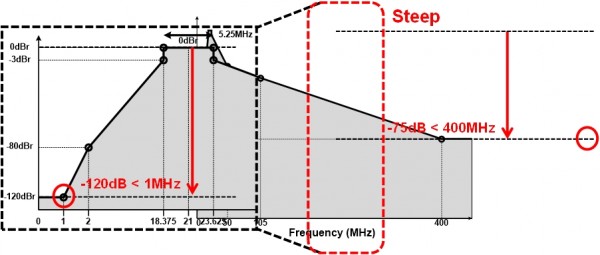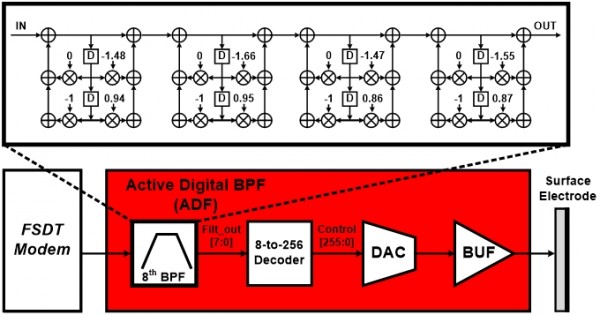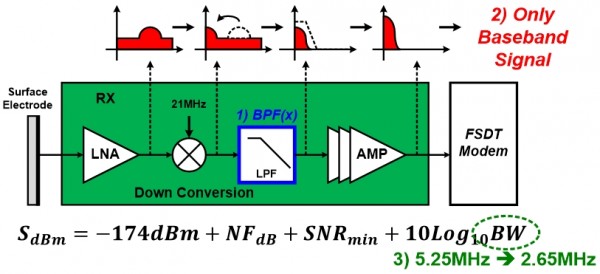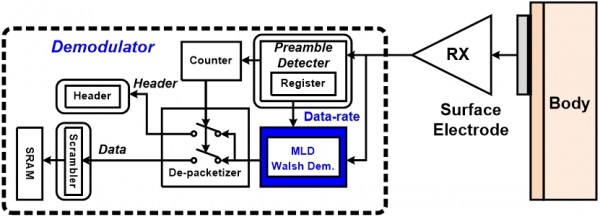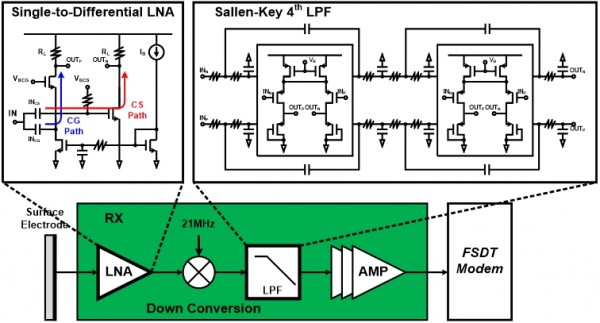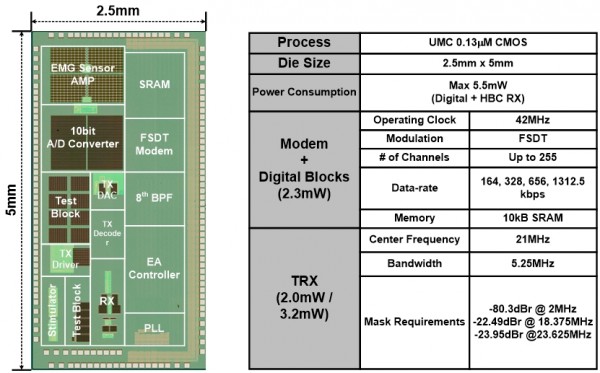Biocle S
본문
Overview
Ultra-low-power wireless connectivity among devices placed in, on and around the human body is the key technology for continuous, automated, and unobtrusive monitoring of physiological signals. Recently, the IEEE Standards Association established a wireless body-area-network (WBAN) standard for a short-range, low-power and highly reliable wireless communication around the human body. According to the standard, WBAN is composed of a common MAC layer that supports scalable QoS and three PHYs, narrowband (NB), ultra-wide-band (UWB), and human body communication (HBC) PHY. The HBC, which uses the human body as a communication channel, has remarkable advantages in energy efficiency over NB and UWB, since 1) it has lower path loss without the body shadowing effect of RF communication, and 2) it utilizes electrodes as a communication interface rather than a low-impedance antenna. With these advantages, human-friendly HBC is expected to play an important role in medical and health-care applications.
Due to its high energy efficiency, there have been various implementations of HBC PHY. According to the standard, the HBC transmitter needs the frequency selective digital transmission (FSDT) modulation where data is spread in the frequency domain centered at 21MHz with 5.25MHz bandwidth using frequency selective spread codes (FSC). Above all, to protect the safety for the human body, the transmitted power should be less than -75dB at 400MHz medical band and -80dB at 2MHz compared to the power at 21MHz. Therefore, the most challenging issue for HBC specification is to satisfy the stringent transmitter spectral mask requirement required to remove possible interference from other bands. In this project, we present a state-of-the-art WBAN transceiver satisfying all of the specifications for the IEEE 802.15.6 standard. Especially, the driver active-digital-bandpass filter (ADF) is proposed to fulfill the tight spectral mask requirement without using external components. Moreover, the WBAN transceiver SoC is applied to multichannel electro-acupuncture, which is one of the most prominent emerging medical applications and is useful to verify the successful operation of the transceiver.
